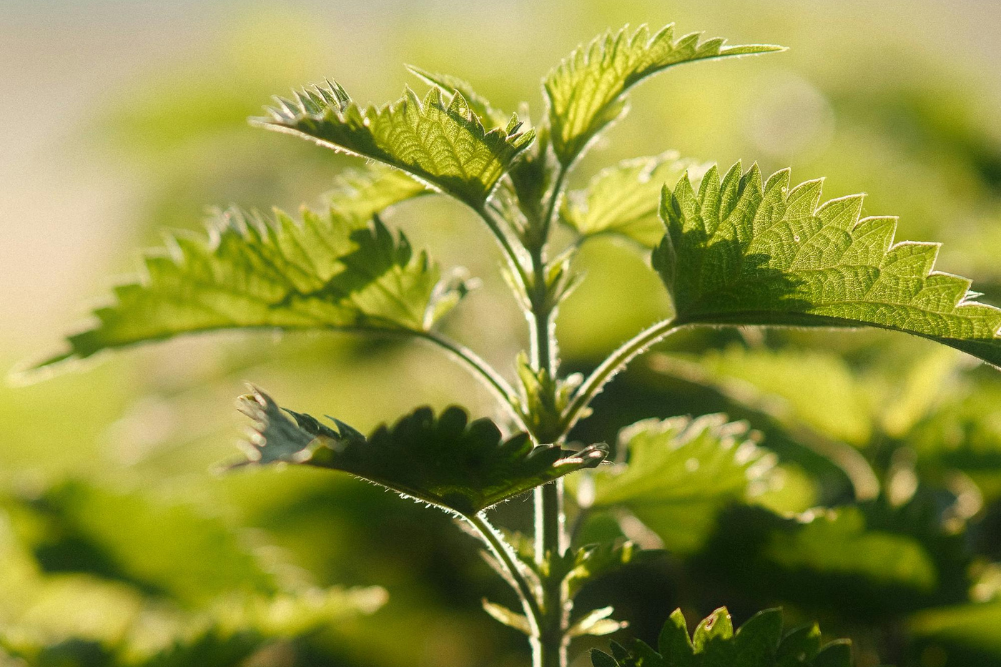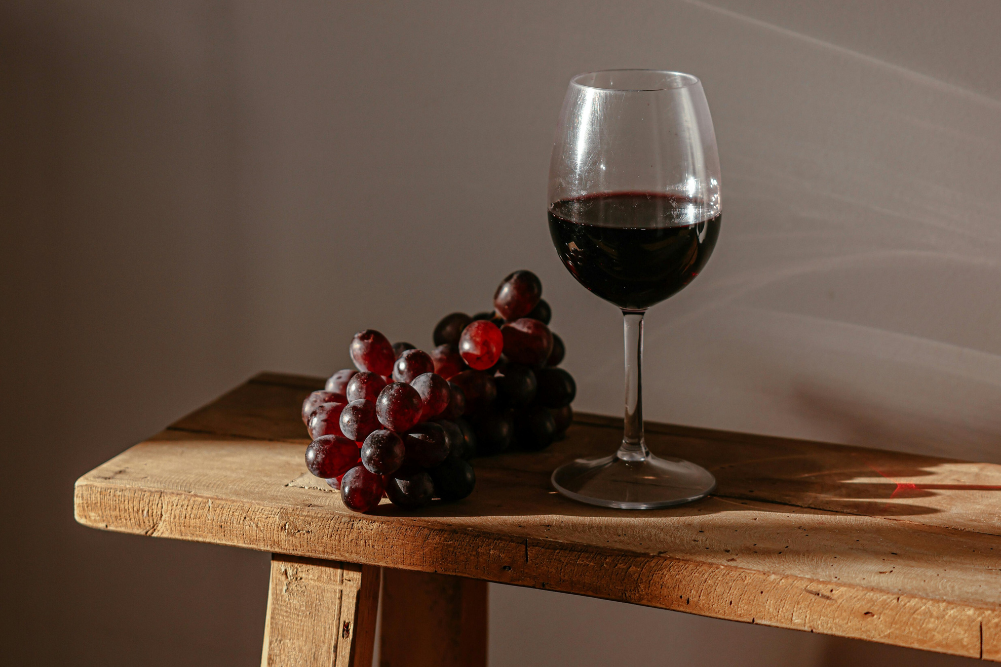Has your worry maxed out?
Somewhere between the disastrous floods that killed 22 people in eastern Australia earlier this year and Putin’s threats of World War III, I started avoiding my phone. It had become the bearer of constant bad news, and my capacity to summon an empathetic response had all but dried up. I was suffering from what the internet has dubbed “worry burnout”, what clinicians call “compassion fatigue”, or what I like to bark at my long-suffering husband: “How much more of this can we take?!”
It wasn’t that I didn’t care about those who had lost their homes to record-breaking floods or the Ukrainian women fleeing war-torn cities, leaving their husbands behind. Of course I did. But in the aftermath of one disaster after another, I had become exhausted, angry and cynical; I couldn’t handle one more tragic headline. Even with the looming threat of a world war, our capacity for catastrophe has a limit. And mine had been utterly reached.
Compassion fatigue has long been an important framework for first responders and caregivers, who are regularly exposed to trauma, but in the age of 24-hour news it can be applied to the general population too. Just opening your phone exposes you to cataclysmic problems you can’t possibly solve. Perhaps you can help, but that individual contribution often feels imperceptible. Hence the public is left feeling helpless, hopeless and totally overwhelmed.
“With everything that has gone on over the last few years, it’s inevitable that we are feeling fatigued on every level including both compassion and disaster fatigue,” says Domonique Bertolucci, happiness expert, life coach and bestselling author of The Happiness Code.\
In the aftermath of so much horror — a pandemic dragging its feet, freak weather events and man-made disasters — Bertolucci says that kind of all-consuming exhaustion often leads to impatience and overwhelm. “Overwhelm can look like trying to navigate the ups and downs of your own life and oscillating between finding negative experiences disproportionately impactful and being annoyed with yourself for feeling knocked over by the little things. But just because there are other people with bigger problems in life than yours, it doesn’t mean you can’t be compassionate toward yourself as you try to make the most of your world.”
On the flipside, compassion fatigue can manifest as impatience. “When people try to share the ups and downs of their life and you find yourself thinking ‘Is that all…’, try to remember that just because there are big things going wrong in the world, it doesn’t mean the small things going wrong in people’s day-to-day lives aren’t important too,” says Bertolucci. “And while you might not be able to solve the problems of the world, you can still be there for a friend or loved one and make a difference in their world.”
While stress and worry in small doses can act as a motivator, grappling with constant anxiety makes us wonder what the point of caring is. This emotional numbing leads to a sense of hopelessness that can have a significant impact on our personal happiness and ability to engage with the world.
There are multiple concerning symptoms of compassion fatigue including anxiety, depression, numbness, lack of motivation, irritability, physical and emotional fatigue and difficulty sleeping, among others.
Worry burnout can creep up on you too. You might not even notice it until a small inconvenience completely sends you over the edge. When you’re mentally worn down and your emotional bandwidth is stretched so thin, daily life can feel impossible.
We are not supposed to spend that much time in fight or flight mode. The physiological symptoms of stress wear on us; after long periods of raised cortisol levels, people often feel depressed, depleted and exhausted.
Focus on your present
If that sounds like you, Bertolucci suggests by regularly bringing your attention back to the present, specifically your present, “the most important thing you can do is practise mindfulness so that you can stay in the present and avoid getting dragged into the spiral of negativity that so much bad news can lead to”.
Bertolucci recommends trying simple exercises such as writing in a gratitude journal and deep breathing whenever you catch yourself feeling overwhelmed or anxious. “While focusing on mindfulness and presence won’t change the goings-on in the world, it will make a difference to how you experience the world,” she says. “Find mental and emotional balance between focusing on what is wrong with the world and remembering what is right in your life.”’
Practise joy
Mindfulness can rescue us from disaster spirals, but it’s also important to cultivate joy. Bertolucci suggests going for a walk in nature, chatting to a friend or simply watching a movie to reset and give you the energy you need to deal with the challenges in your own life. Enjoying a moment of calm is an important follow-up to mindfulness because it allows your mind to fully restore.
Pick your battles
Your worry is not helpful for those affected by a disaster or for yourself. You don’t need to bury your head in the sand, but you should be selective about what you choose to tackle and put your energy into areas where you can actually make a difference.
“You need to accept that you can’t save the world,” says Bertolucci. “Even the most impactful people focus on just one or two areas, and you need to do the same. Choose one or two areas that you really want to be knowledgeable about and do what you can to make an impact. Then take a ‘headlines and donations’ approach to the rest.”
Consider the flight staff who in the safety protocol demonstrate putting on your own oxygen mask before helping those around you; you can’t help anyone if you yourself are in danger of burning out. The order of care should begin with yourself and extend outwards.
“You need to preserve and maintain the energy you have for your own life by learning to disconnect and disengage from what you can’t control and focus the majority of your attention on the things you can control or at least have influence over,” says Bertolucci. “This doesn’t mean being ignorant about the things that are going wrong in the world, but even if you choose to be an active campaigner or volunteer to support in a crisis, put boundaries in place so that this doesn’t take over your life.”
Set healthy boundaries around news
It can be difficult to resist the siren song of our smartphones, but just because there is a constant stream of news, it doesn’t mean you should access it. It is not healthy to carry disaster around in your pocket day in, day out.
Staying informed is crucial, but when the news contains so much trauma, it must be done within healthy boundaries. We can simultaneously recognise that it is a privilege to take a step back from world events, while also actually taking that step in order to safeguard our mental health.
“The best way to consume the news is intentionally,” says Bertolucci. “Decide when you are going to consume the news and for how long. Remove all news sites from your social media feed so that you don’t ‘accidentally’ bump into bad news. Instead, visit your preferred news source’s website at a time that suits you and supports the mood you want to create for the day.”
It’s also important to recognise when you’re giving too much of your energy to following the news. If you’re feeling depleted, angry or like you want to hide in bed after scrolling your phone, you need to set better boundaries around what and how much you are consuming.
Domonique Bertolucci’s How to cultivate a healthy relationship with your phone
- Make your home screen functional rather than full of social or informational media.
- Turn off alerts on news sites and social media so that bad news doesn’t have an invitation to interrupt your day.
- Set screen time limits for the apps where you consume the news so you can set and stick to healthy timeframes around how much news you’re reading.
- Charge your phone in the kitchen or another room other than your bedroom.
- Don’t look at your phone for the first 30 minutes after waking and the last 30 minutes before going to bed at night
Domonique Bertolucci’s Healthy news habits
- For good news I love @goodnews_movement on Instagram.
- For news presented factually not explosively I think @thedailyaus on Instagram does a great job.
- When I want to cut myself off from the news altogether, I use BlockSite (a Google Chrome plugin ) or the productivity apps Freedom or Serene to lock or limit my access to news platforms that take me down the bad news rabbit hole.








